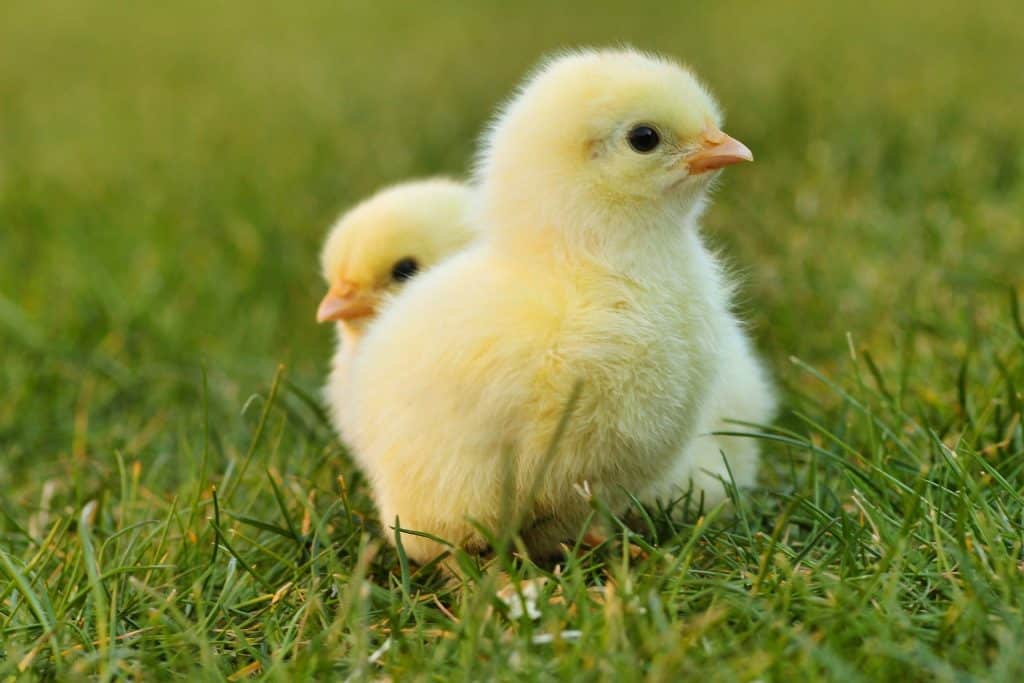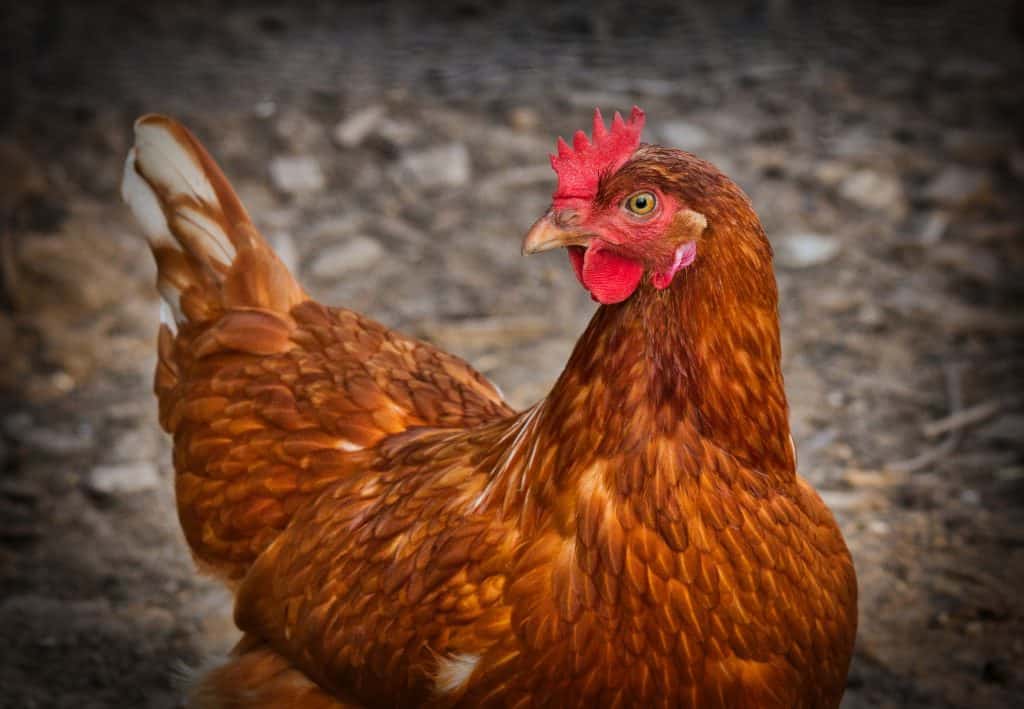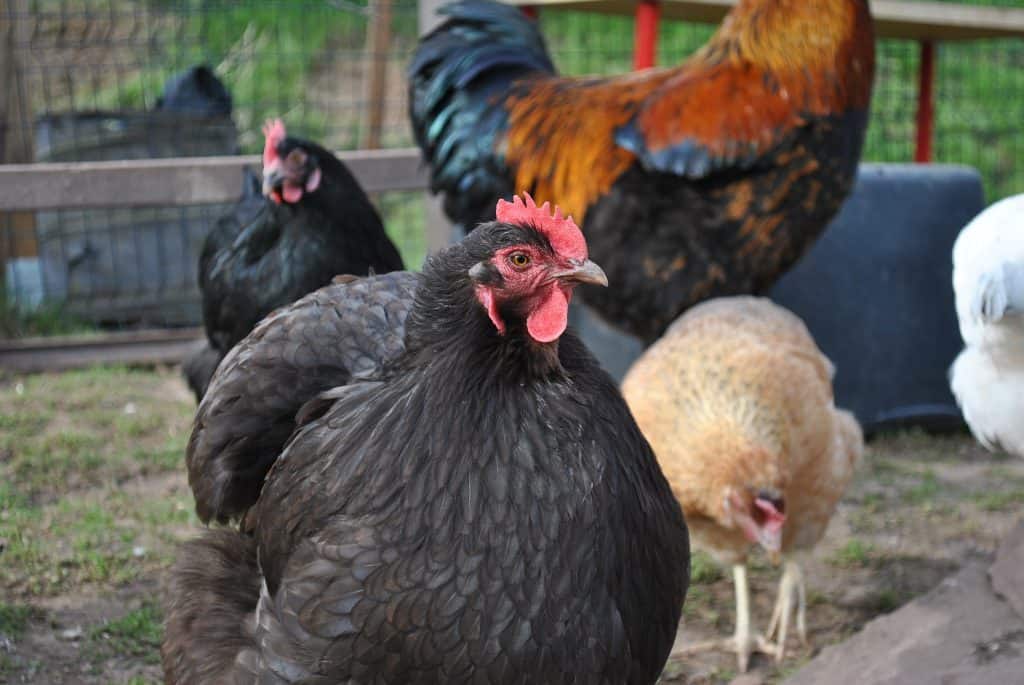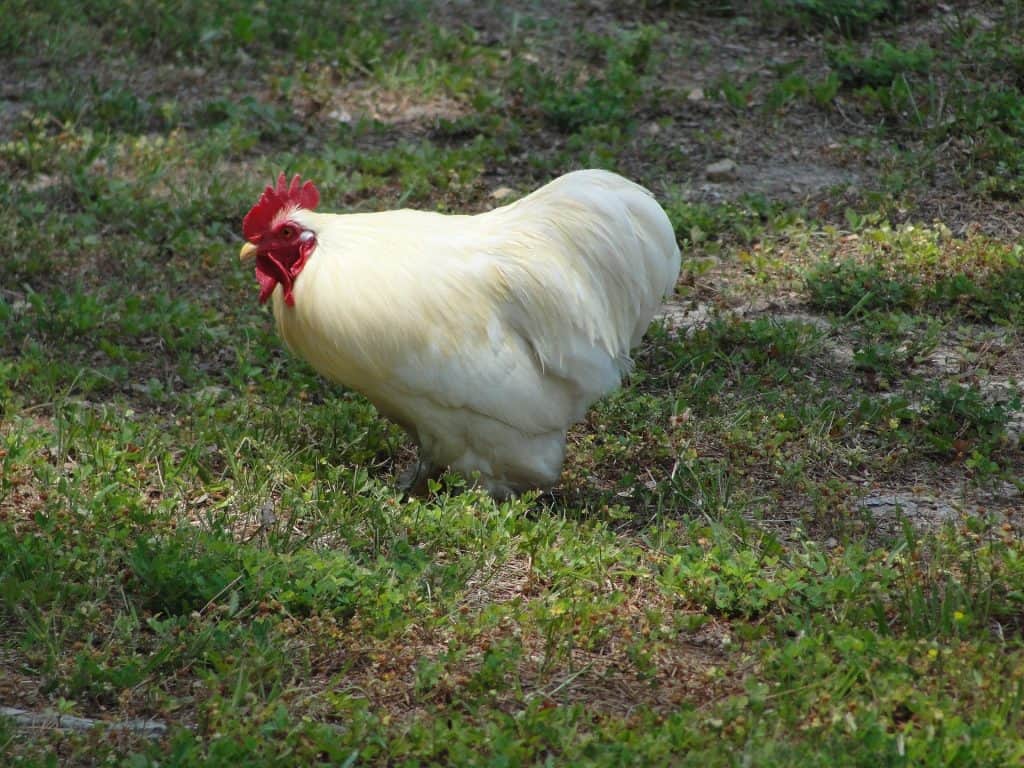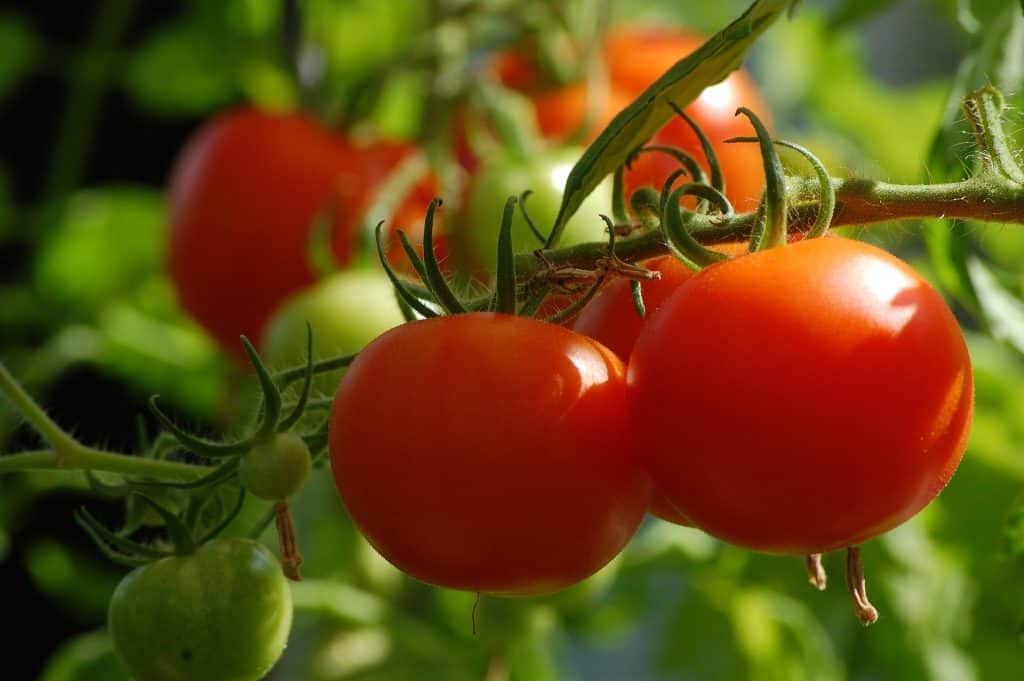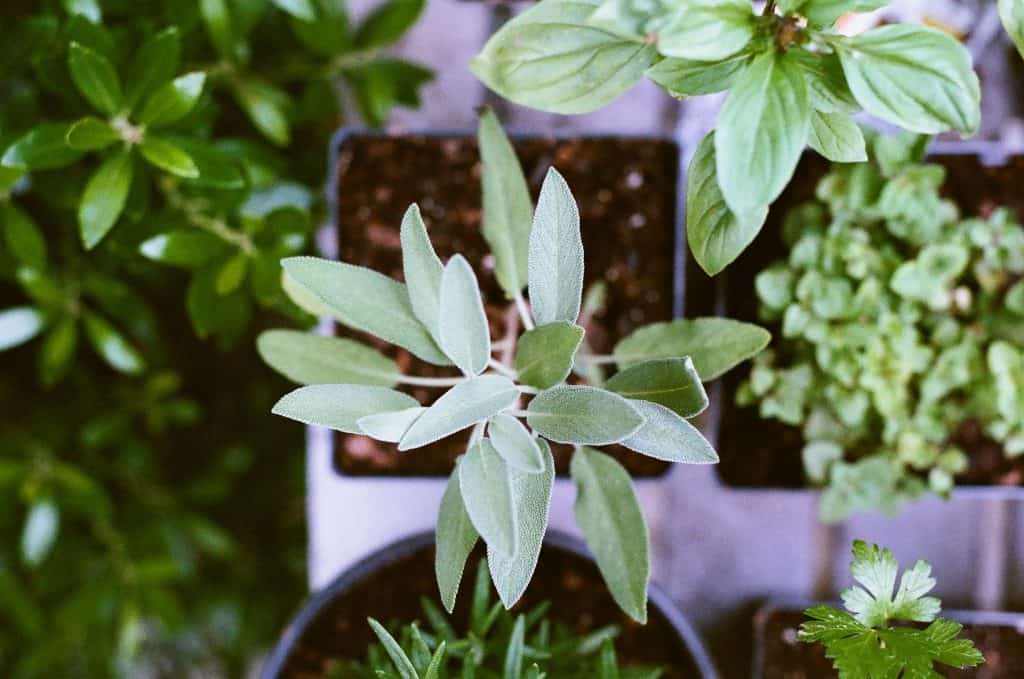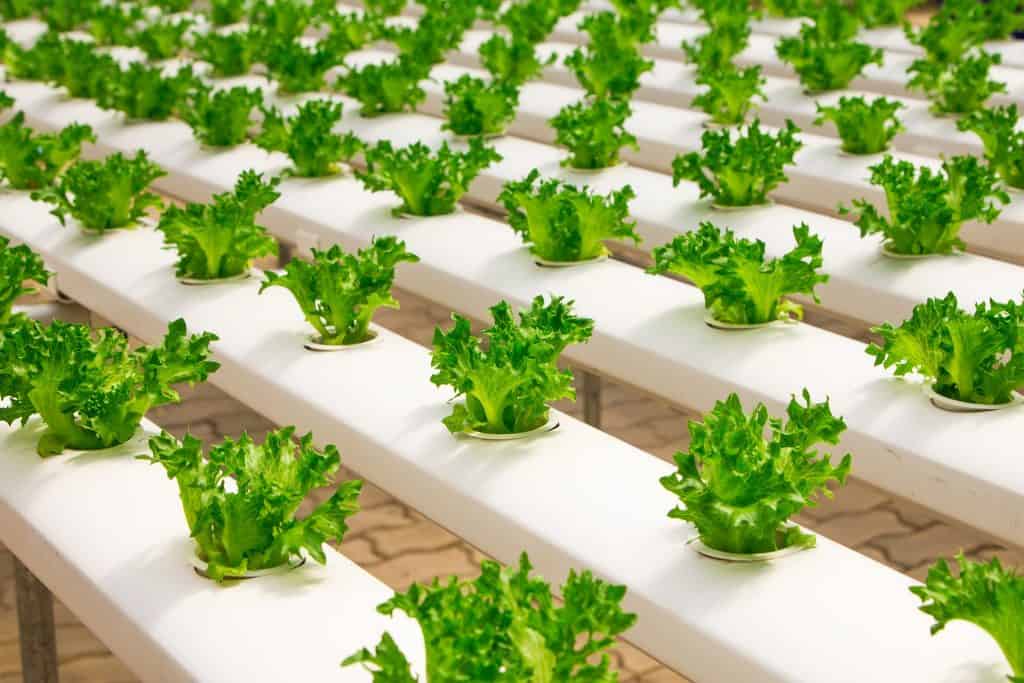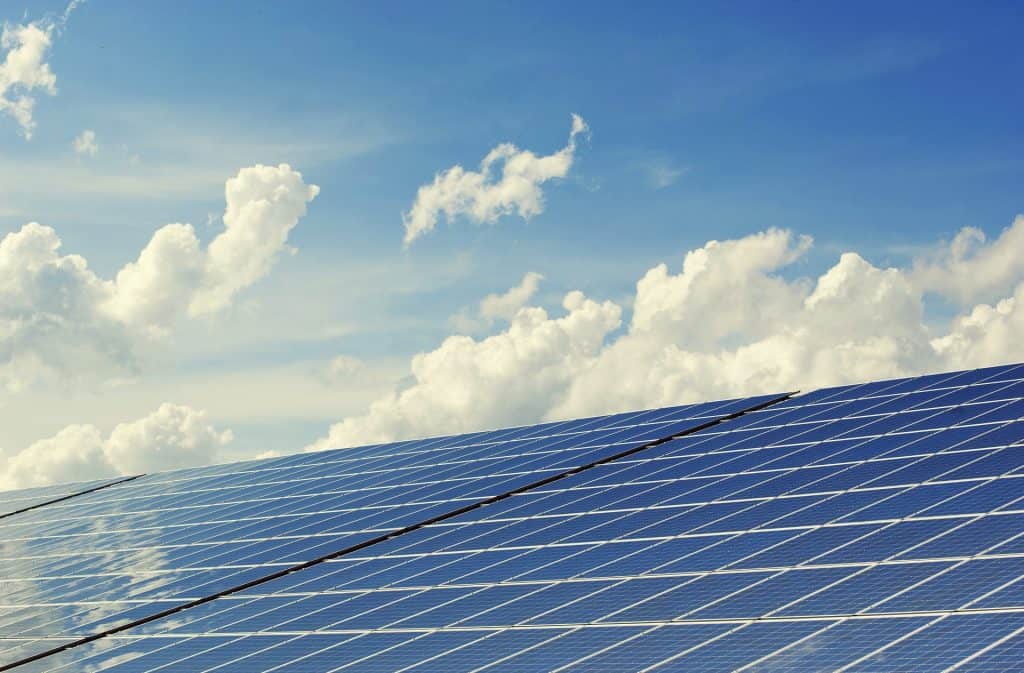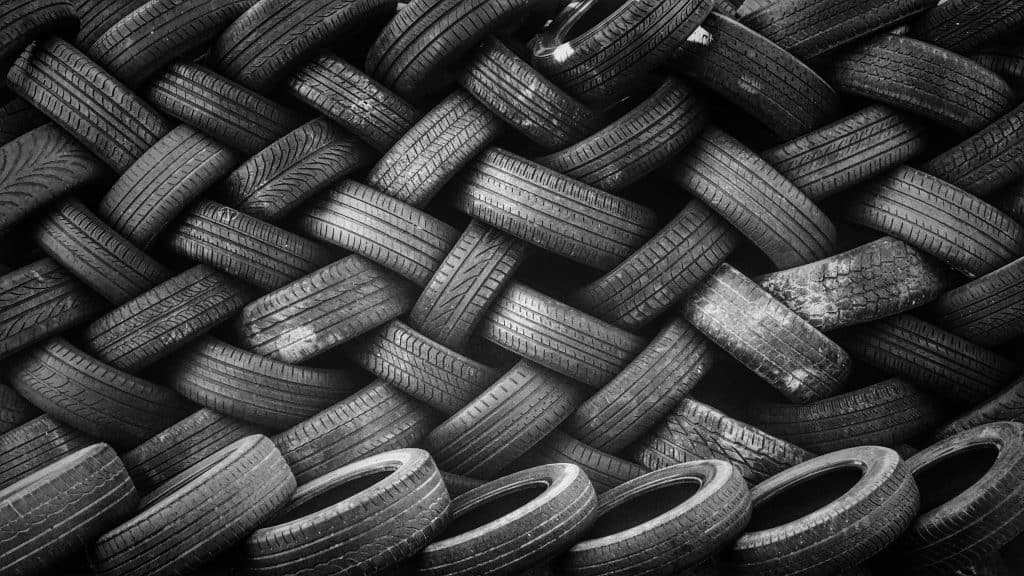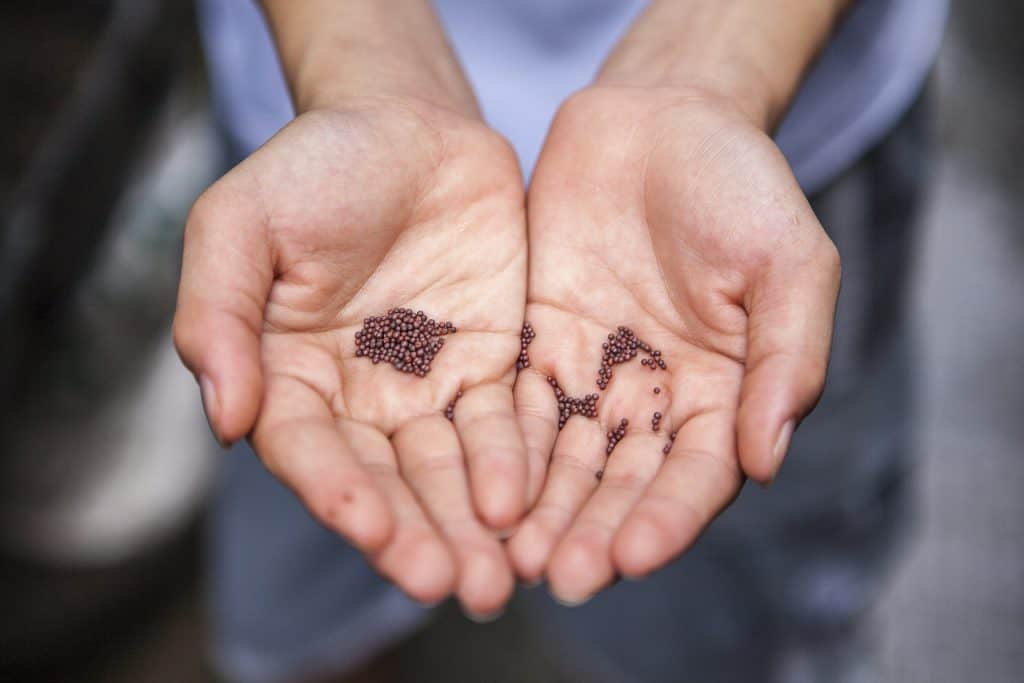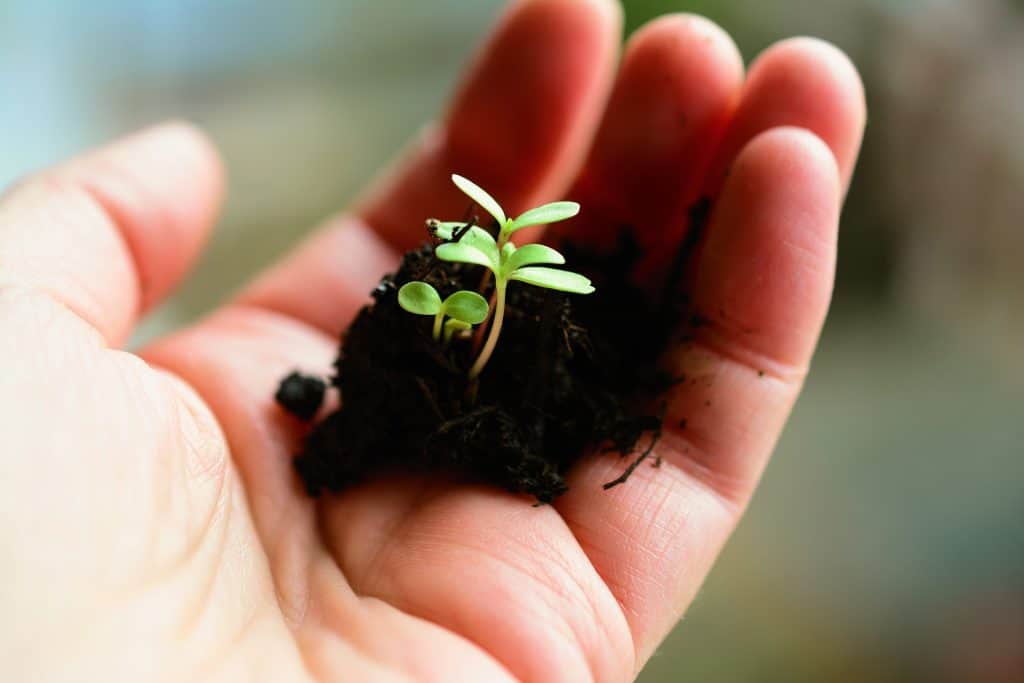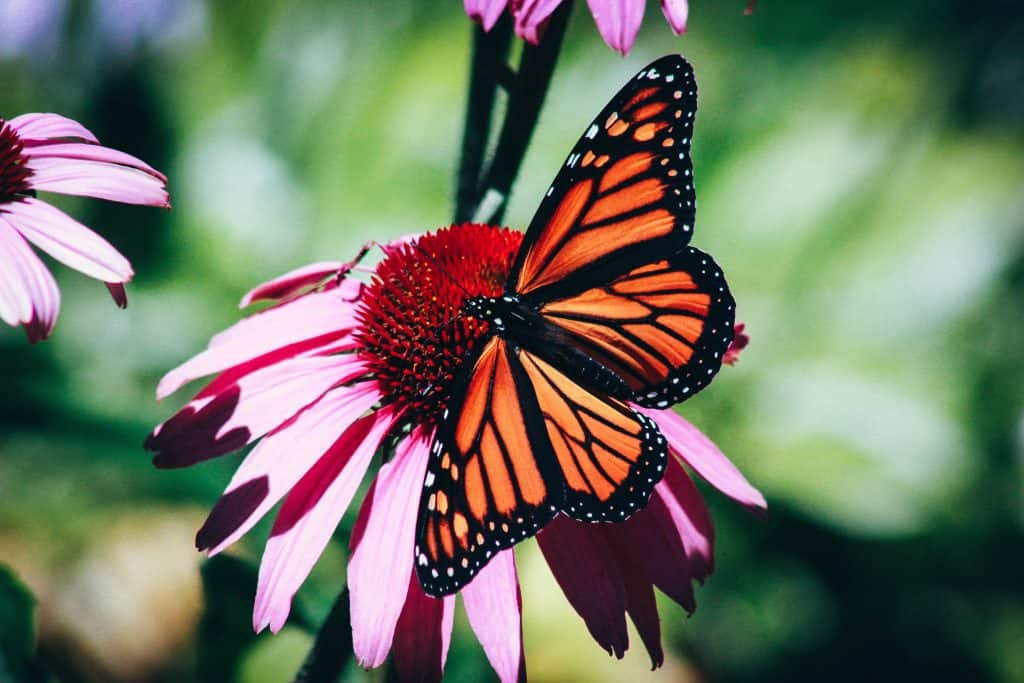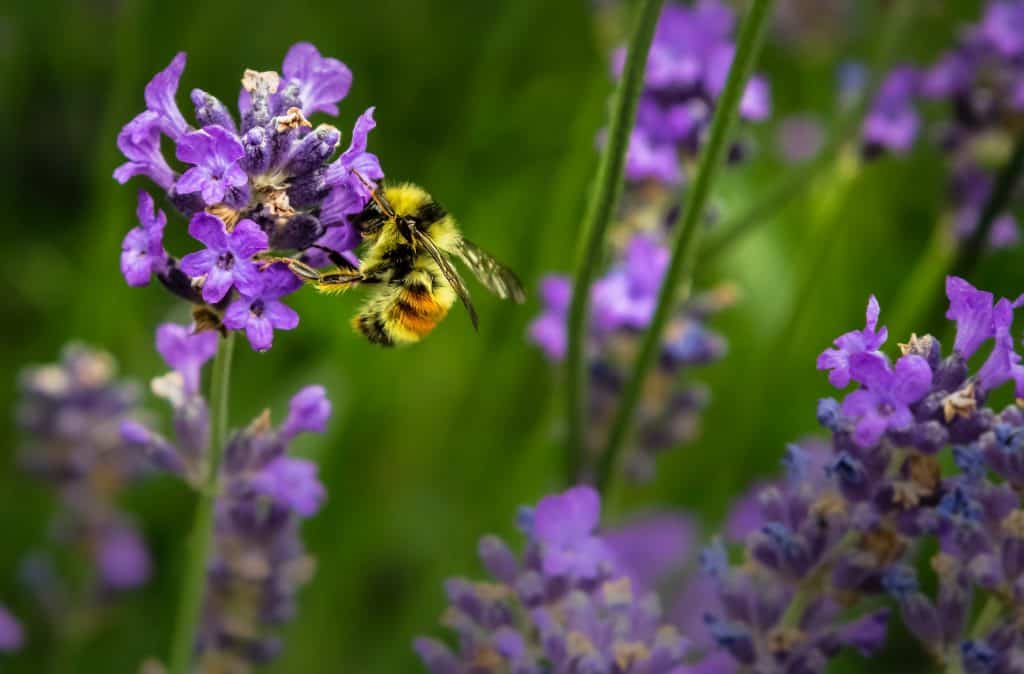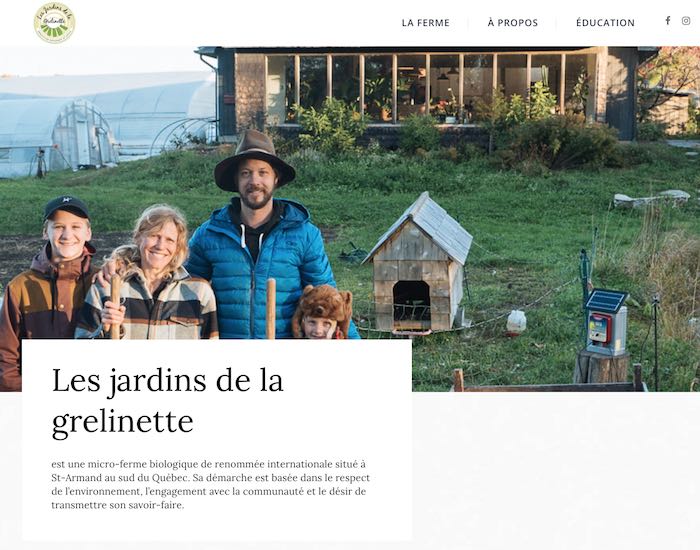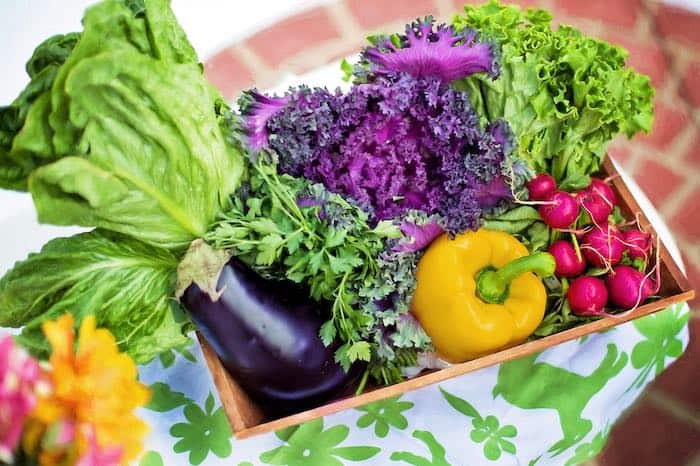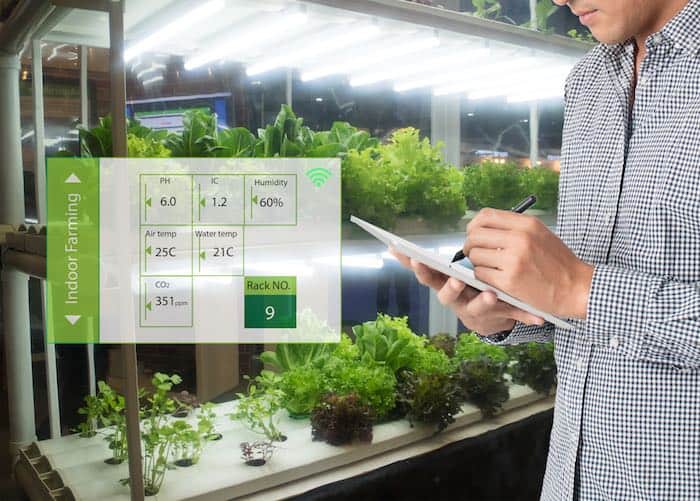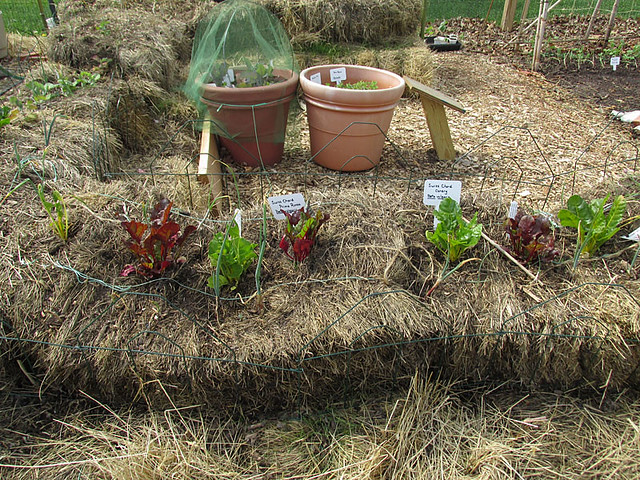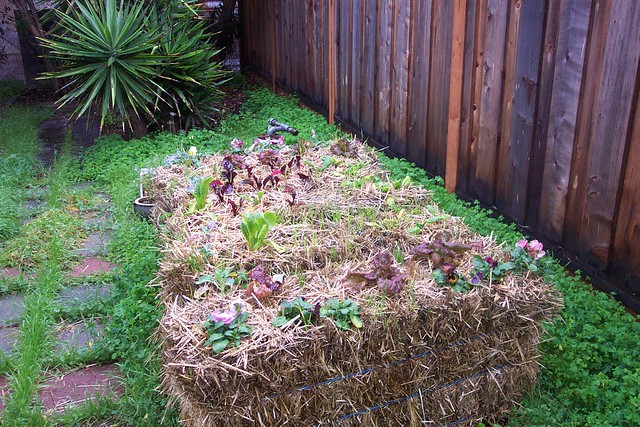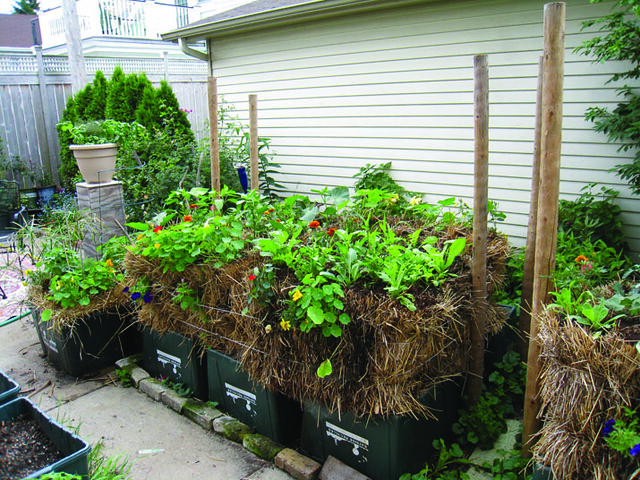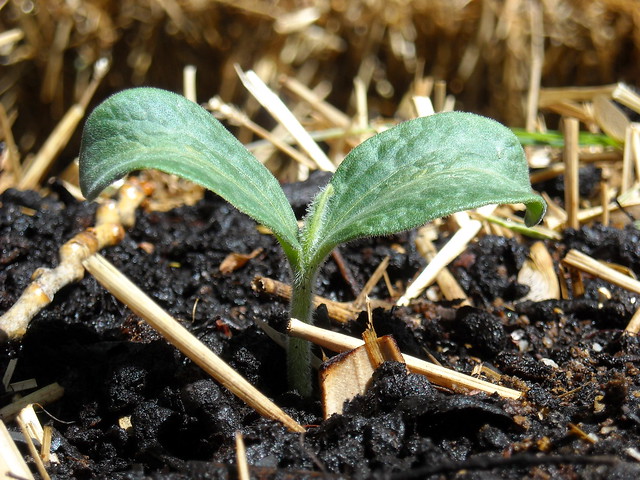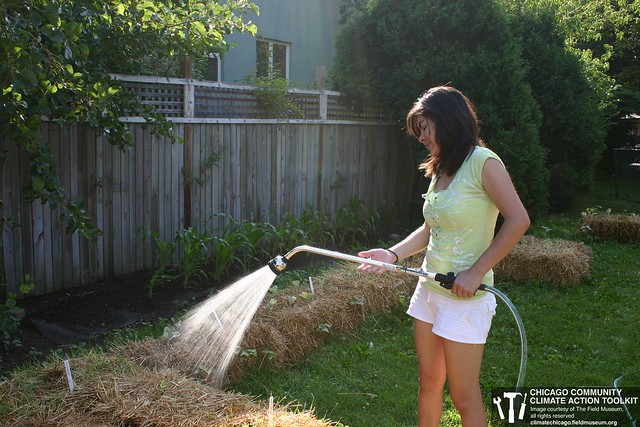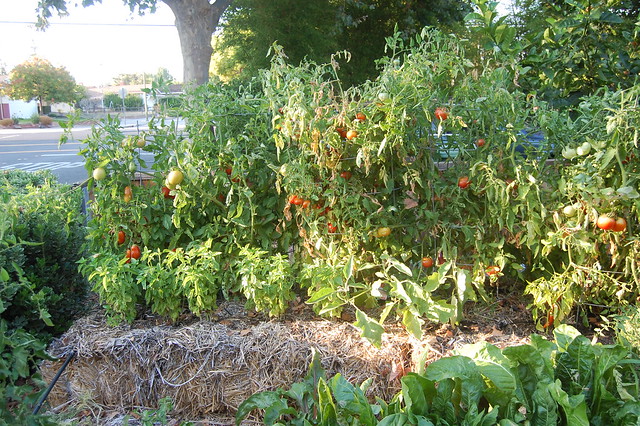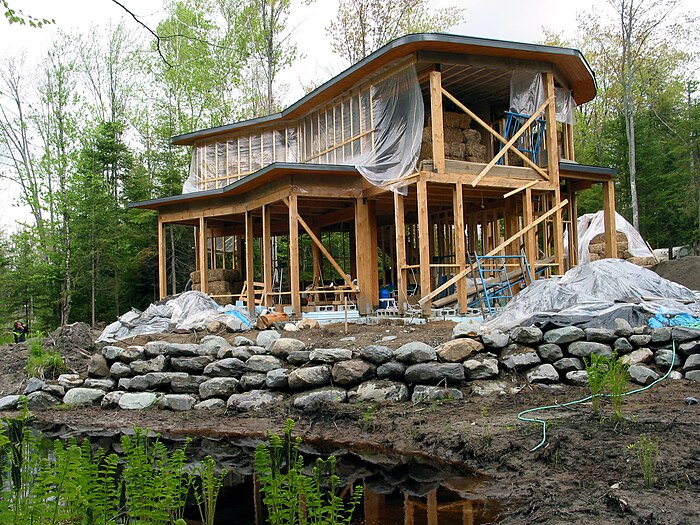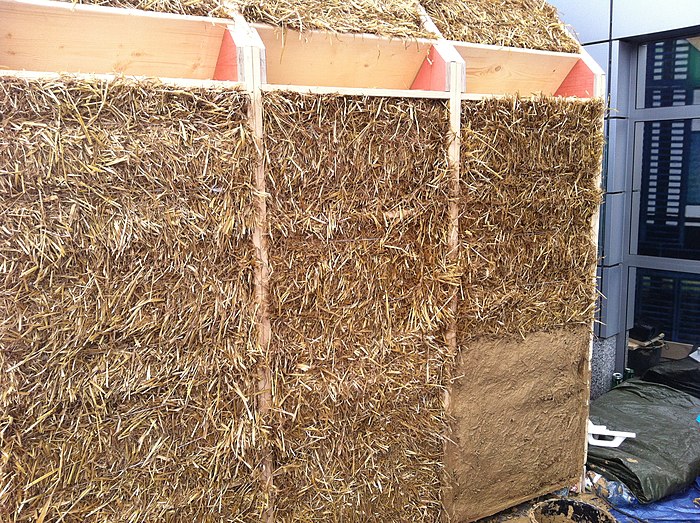Best Backyard Chicken Breeds
Raising chickens can be a joy, especially if you choose the right backyard chicken breeds. Whether you’re looking for eggs or want a source of meat, there is a great breed for nearly any purpose. Plus, many of them are incredibly easy to raise, making them ideal for hobbyists or newbies.
If you are ready to gather your own flock, here’s what you need to know about the best backyard chicken breeds.
Aren’t All Chickens Great Backyard Chicken Breeds?
To put it simply, no, not all chickens are great backyard chicken breeds. Some chicken breeds take a ton of maintenance, making them less than ideal for most households who aren’t entirely focused on rearing animals. Additionally, certain chickens require more space than others, and that requirement could exceed what your backyard has to offer.
If you are new to raising chickens or prefer lower maintenance birds, then it’s critical that you choose breeds that feel manageable. Otherwise, your backyard chickens can turn from a joy to a hassle in no time flat.
The Best Backyard Chicken Breeds
ISA Brown
Technically, the ISA Brown isn’t a breed. Instead, it’s a brand name for a line that was developed by a French company. But that doesn’t mean it isn’t an amazing option.
These humble looking chickens have gentle natures and are very resilient. Plus, they are known for being outstanding egg producers, which is something many households will appreciate.
Rhode Island Red
One of the classic backyard chicken breeds is the Rhode Island Red. They are friendly, low-maintenance, and tough birds. Plus, they don’t require a ton of space, making them suitable to smaller yards or enclosures, and are great egg layers. All in all, they are an excellent starter breed but also a favorite for long-time chicken fans, too.
Plymouth Rock
A relaxed breed that’s also a stellar egg producer is the Plymouth Rock. They are generally friendlier than many other birds, including some of the other standout backyard chicken breeds. Additionally, these chickens are resilient and reasonably low maintenance, which can make them an excellent choice for beginners.
It is important to note that Plymouth Rock chickens are on the active end of the spectrum. This means that having a bit more space is a must. However, many larger backyards are sufficient, especially if they are free to roam the area.
Barnevelder
If personality and quirkiness matter more to you than egg production, the barnevelder might be the backyard chicken breed for you. Now, it’s not that they don’t lay eggs, as they certainly do. The yields just tend to be lower.
However, in exchange, you get very vibrant birds, both in look and attitude. They can be a fun addition, especially if you intend to keep them around long-term.
Orpington
Known for their classic look and toughness, the Orpington is a solid choice for those who will view their chickens as pets as much as anything else. They are beyond friendly, which may make them a solid choice for homes with children. Additionally, they do lay eggs, though not at the same rate as some other options.
Silkie
Another backyard chicken breed with an incredibly unique look, the Silkie is known for its standout puffy plumage. They are essentially fluffy, which makes them a fun addition. Plus, they are smaller than some other options, so they can be suitable for smaller backyards.
Easter Egger
What makes the Easter Egger fun is the fact that the eggs can have a range of hues, including blue, green, brown, and pink. Plus, this hybrid chicken has a beard look and a hawk-like face, making them a bit unique.
What’s important to understand about this, and any, hybrid breed is that the personality traits may be a little less predictable. Some may be incredibly friendly, while others will be warier. However, many who raise this breed adore their nature, so consider keeping it on the table.
Leghorn
If you want year-round egg layers, then the Leghorn might the one of the best backyard chicken breeds for you. They are also fairly low maintenance, which makes them easy to manage overall. Just keep in mind that they aren’t the tamest option, so if you’re looking for a pet, they might not be the best choice.
Dominique
A heritage breed that is often considered endangered, the Dominique is a great backyard chicken. They are very even-tempered and incredibly gentle, which could make them an ideal addition for households with children or those who want their chickens to be puts. Plus, they are solid egg producers.
Just keep in mind that Dominiques aren’t always the most responsive if predators arrive. If you want them to be free-range, you can’t count on them to flee if something attacks. You need to offer them a substantial amount of protection. That way, your flock can stay safe and has a chance to flourish.
